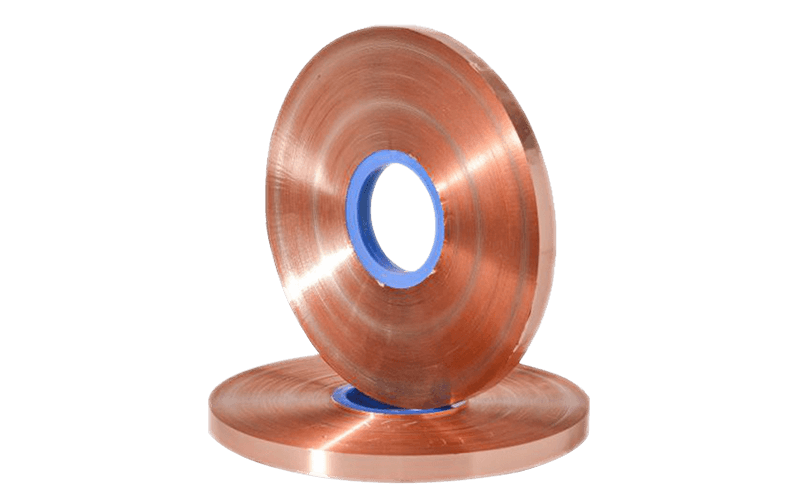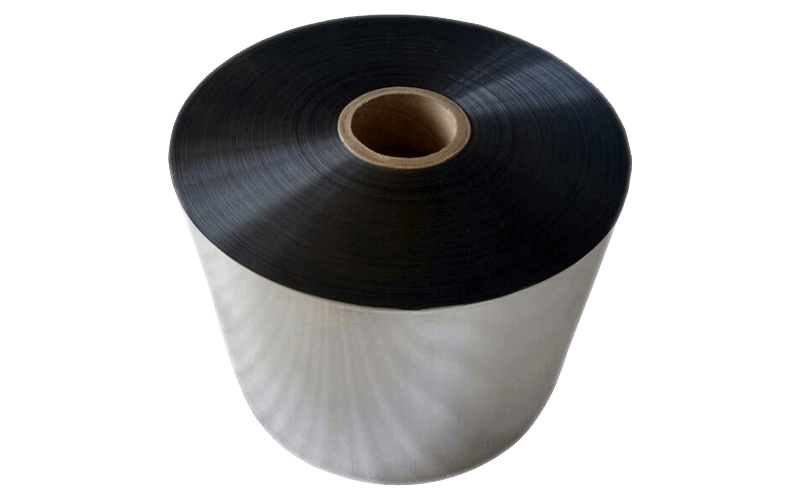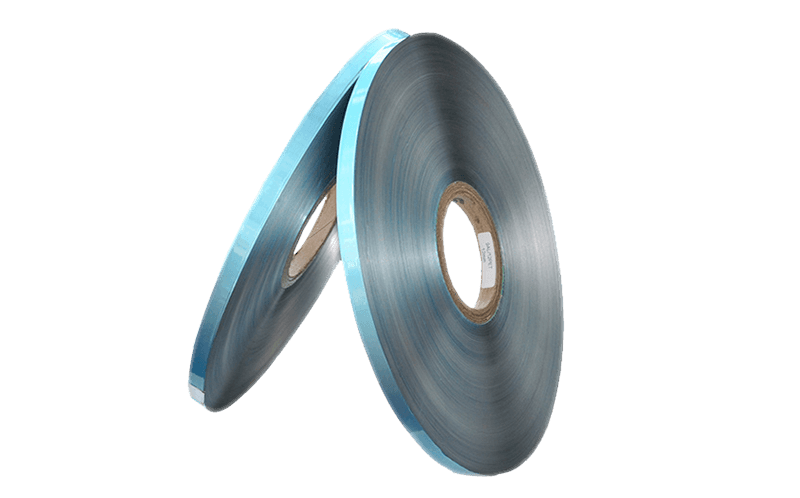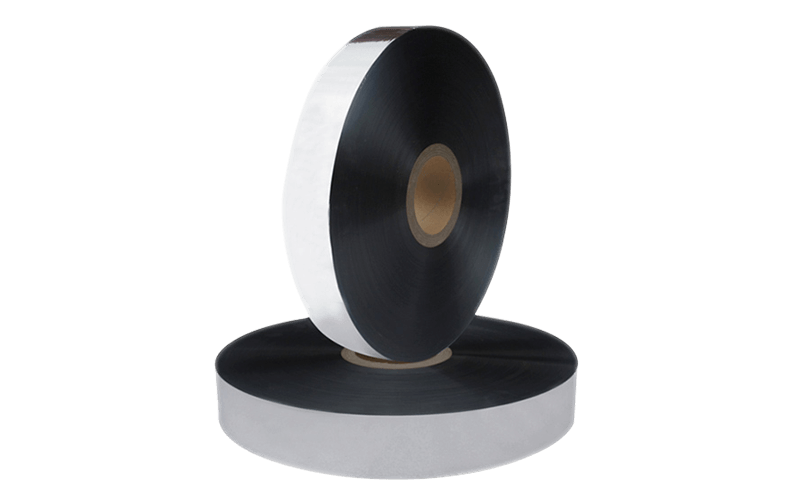Speaking of wires and cables, I believe everyone is fam […]
Speaking of wires and cables, I believe everyone is familiar with them. We can often see and use them in our daily lives. If we can observe carefully, we will find that these power cables are wrapped with an insulating layer. So, how much do you know about the insulation of wires and cables? What role does insulation play in wires and cables? What are the types of insulation materials for wires and cables?
The insulating layer is the same as the protective layer, shielding layer, sheath layer, and conductor core, and it is the basic component necessary to form a wire and cable. Its main function is to ensure that the current or electromagnetic waves and light waves transmitted by the conductor core only propagate along the wires and do not flow to the outside world, while ensuring the safety of external objects and personnel.
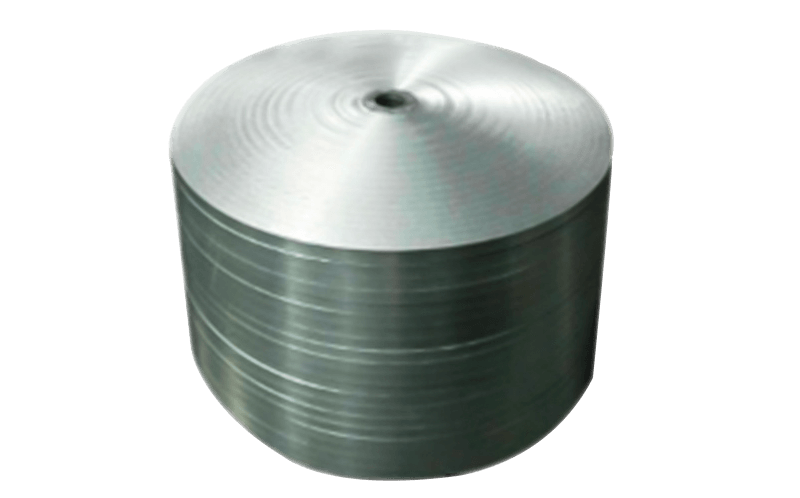
Wire and cable insulation materials can be roughly divided into plastic insulation materials and rubber insulation materials. The characteristics of these two insulating materials are as follows:
1. Plastic insulated wires and cables
The insulating layer is a power cable with extruded plastic. Commonly used plastics are polyvinyl chloride (PVC), polyethylene, and cross-linked polyethylene (XLPE). Among them, PVC is still widely used in low voltage cables due to its convenient process, good comprehensive electromechanical performance, good flame retardant performance, and low cost. Polyethylene is widely used in cable insulation and outdoor cable sheathing for its excellent electrical properties, moisture resistance, cold resistance and medium mechanical properties, while cross-linked polyethylene is widely used for its excellent electrical and mechanical properties Used in the insulation of medium and high voltage cables. Because of its superior electrical properties, good high temperature resistance and oil resistance, polypropylene is often used to insulate communication cables and oil well cables, and it is also an insulating material for telephone and computer cords.
Plastic cables have the advantages of simple structure, convenient manufacturing and processing, light weight, convenient laying and installation, etc., and are not limited by differences in laying. Therefore, they are widely used as medium and low voltage cables and have a tendency to replace viscous impregnated oil paper cables. Its biggest disadvantage is the existence of branch breakdown, which limits its use at higher voltages.
2. Rubber insulated power cable
Its insulating layer is made of rubber and various compounding agents. After being fully mixed, the insulating layer is extruded on the conductive wire core and heated and vulcanized. The insulating layer is soft and elastic, suitable for frequent movement, and has a small bending radius. The rubber materials commonly used for insulation are natural rubber-styrene-styrene rubber mixture, ethylene-propylene rubber, butyl rubber, etc.
The long-term allowable working temperature of ethylene-propylene rubber is 90 degrees, and the allowable temperature of short-circuit thermal stability is 250 degrees, which is suitable for large temperature circumference, cold resistance and high temperature resistance. It has strong environmental adaptability, weather resistance, light resistance, oxygen resistance, ozone resistance, and moisture resistance. It has been widely used in Europe and the United States.
